

The University of Vienna (UV) hosted an International Staff Training Week on 4 – 6 June 2018, which was attended by 43 staff members from 34 universities in Europe, Israel and China. UV gave international guests a warm welcome by the Vice-Rector of Research & International Affairs and the Head of the International Office. The Vice-Rector talked about UV’s history from its founding in 1365 to now currently educating 94,000 students in 15 Faculties with 6,600 academics. It has 20 Research Platforms (inter-disciplinary research teams), 4 Research Centres, 43 European Research Council grants and 84 global university partnerships.
This welcome was followed by the Director of Governance’s presentation about UV’s governance structure comprising of the University Board, the Rectorate, Senate and Advisory Boards. The Head of Quality Management then presented on UV’s quality assurance processes. The opening of the Staff Training Week was concluded by a Viennese canape and wine reception, with local wines sourced from vineyards surrounding the city.
 On the second and third days, many of UV’s central Service Units (equivalent to our Professional Services departments) provided job shadowing, workshops and exchange activities. I visited the Research Support & Career Development service unit to give a presentation about BU and RKEO; and shared common challenges and professional best practice with UV staff. I had many informative discussions with the Deputy Head of Research Support, National Funding officers, International Funding officers, Technology Transfer officers and the Systems officer. I also met with the Legal officers who sat within this service unit. I know that the outcome of our discussions will lead to implementation of practice ideas in both Universities’ research support offices.
On the second and third days, many of UV’s central Service Units (equivalent to our Professional Services departments) provided job shadowing, workshops and exchange activities. I visited the Research Support & Career Development service unit to give a presentation about BU and RKEO; and shared common challenges and professional best practice with UV staff. I had many informative discussions with the Deputy Head of Research Support, National Funding officers, International Funding officers, Technology Transfer officers and the Systems officer. I also met with the Legal officers who sat within this service unit. I know that the outcome of our discussions will lead to implementation of practice ideas in both Universities’ research support offices.
The Host offered visits to a choice of the Astronomical Observatory, the University Library and the Vienna Bio Center. I chose to visit the last place and UV’s Head of the International Office took a group of about 10 guests to visit this Center. The Center’s Director of Finance & Administration guided us on an insightful tour around the laboratory facilities and to chat with technicians and students working there. For more details about the life sciences research conducted by the Vienna Bio Center, see: http://www.mfpl.ac.at/.

The Training Week was concluded with a wrap-up session where all guests shared their learnings of the week and we had a farewell buffet lunch in UV’s Small Ceremonial Chamber where graduations take place. For UV’s coverage of the Training Week, see: http://medienportal.univie.ac.at/uniview/uniblicke/detailansicht/artikel/staff-training-week-the-university-of-vienna/.

Amidst this intensive programme, I made the time to immerse myself in UV’s campus life, the city’s imperial history and Austrian culture. The Campus of UV is comprised of a series of historic buildings with a large courtyard centre, surrounded by cafes and restaurants that are open to the public. The grassed court is filled with greenery, benches, grassed areas and a big playground, part of UV’s “open to the community” policy.
UV is located in the centre of the city and is within walking distance of most of its historic buildings and monuments, such as Parliament, museums, art galleries, the State Opera House and the Concert Hall (home of the world-reknowned Vienna Philharmonic Orchestra). Public transport by trams, subway and buses were efficient and the Belvedere Palace, the former imperial family’s city abode was a few tram stops away. I also visited Schonbrunn Palace, the imperial family’s country residence a few subway stops away, for a dinner and Mozart & Strauss concert – the grand palace, its grounds with profusions of floral colour and the classical music were amazing.
The days were hot, at or almost at 30 C every day of the Training Week and the evenings were long and balmy. I spent one evening strolling along the mighty Danube and stumbled upon a charming, suburban Austrian pub that served the refreshing, regional Gosser beer and lovely, local wine, made from the Gruner Veltliner grape. Delicious Austrian cuisine that I tried over this time included wiener schnitzel (veal), pork schnitzel, tafelspitz (traditional beef stew), beef consommé with liver dumpling and Viennese beef goulash. Desserts included the sachertorte (chocolate cake with a layer of apricot jam syrup in the middle), the kaiserschmarrn (chopped up pancakes with apple, raisins and icing sugar) and of course, the must-have, apfelstrudel (delightful apple strudel)!
Alice Brown
Senior Funding Development Officer
Research & Knowledge Exchange Office

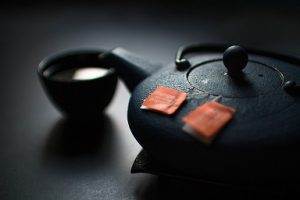 The Japan Society for the Promotion of Science is Japan’s leading funding agency and is largely funded through annual subsidies from the Japanese Ministry of Education, Culture, Sports, Science and Technology (MEXT). JSPS administers a number of bilateral and multilateral programmes for scientific cooperation and exchange under memorandums of understanding concluded with its various counterpart foreign academic institutions around the world.
The Japan Society for the Promotion of Science is Japan’s leading funding agency and is largely funded through annual subsidies from the Japanese Ministry of Education, Culture, Sports, Science and Technology (MEXT). JSPS administers a number of bilateral and multilateral programmes for scientific cooperation and exchange under memorandums of understanding concluded with its various counterpart foreign academic institutions around the world.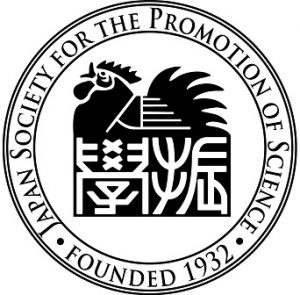 For more information about the EPSRC application procedure please read the application guidance and the JSPS application procedure.
For more information about the EPSRC application procedure please read the application guidance and the JSPS application procedure.


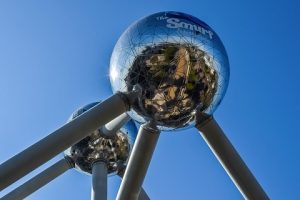

 Other changes include new pages for both Micro-Projects and Regular Projects, with the application processes now clearly laid out in a step-by-step guide. Layout of the Programme’s specific objectives also has been improved and created a dedicated page for new Targeted Projects initiative.
Other changes include new pages for both Micro-Projects and Regular Projects, with the application processes now clearly laid out in a step-by-step guide. Layout of the Programme’s specific objectives also has been improved and created a dedicated page for new Targeted Projects initiative.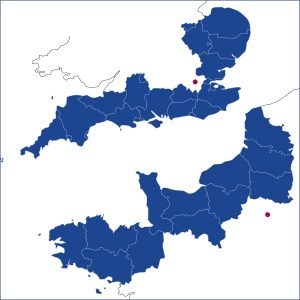
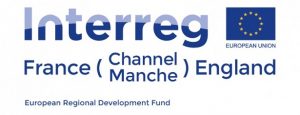
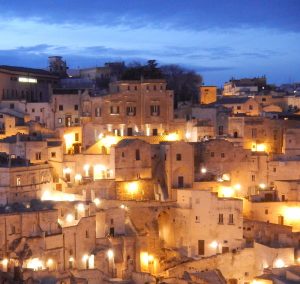 My name is Ainar. In July 2018 I joined
My name is Ainar. In July 2018 I joined 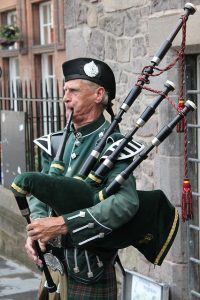 Before that, about eight years I used to work for government in Latvia and more than a decade worked within IT industry where I got my very first experience of research support. I have been involved in legal and financial advising, risk & incident management, implementation of organisational change and even sales of IT services and new markets development (and I have really enjoyed all of those). My background is a combination of engineering, finance and law (formalised as MEng & MSc), which has been complemented with extensive research support, project management and contracts specialist experience. Hopefully, all this will help me to better understand your ideas and adding value to your grant applications.
Before that, about eight years I used to work for government in Latvia and more than a decade worked within IT industry where I got my very first experience of research support. I have been involved in legal and financial advising, risk & incident management, implementation of organisational change and even sales of IT services and new markets development (and I have really enjoyed all of those). My background is a combination of engineering, finance and law (formalised as MEng & MSc), which has been complemented with extensive research support, project management and contracts specialist experience. Hopefully, all this will help me to better understand your ideas and adding value to your grant applications. Very shortly about me as a person – I enjoy travelling and appreciate all the nice and simple things what life offers.
Very shortly about me as a person – I enjoy travelling and appreciate all the nice and simple things what life offers.


 On the second and third days, many of UV’s central Service Units (equivalent to our Professional Services departments) provided job shadowing, workshops and exchange activities. I visited the Research Support & Career Development service unit to give a presentation about BU and RKEO; and shared common challenges and professional best practice with UV staff. I had many informative discussions with the Deputy Head of Research Support, National Funding officers, International Funding officers, Technology Transfer officers and the Systems officer. I also met with the Legal officers who sat within this service unit. I know that the outcome of our discussions will lead to implementation of practice ideas in both Universities’ research support offices.
On the second and third days, many of UV’s central Service Units (equivalent to our Professional Services departments) provided job shadowing, workshops and exchange activities. I visited the Research Support & Career Development service unit to give a presentation about BU and RKEO; and shared common challenges and professional best practice with UV staff. I had many informative discussions with the Deputy Head of Research Support, National Funding officers, International Funding officers, Technology Transfer officers and the Systems officer. I also met with the Legal officers who sat within this service unit. I know that the outcome of our discussions will lead to implementation of practice ideas in both Universities’ research support offices.


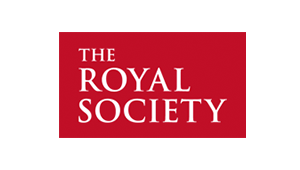

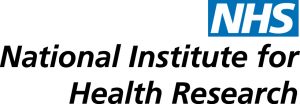




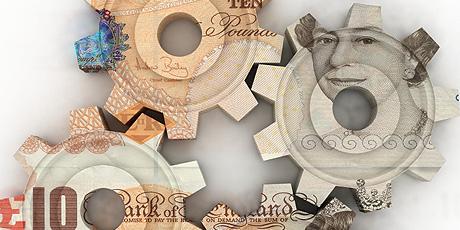











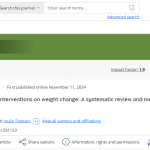 New weight change BU paper
New weight change BU paper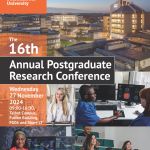 One week to go! | The 16th Annual Postgraduate Research Conference
One week to go! | The 16th Annual Postgraduate Research Conference Geography and Environmental Studies academics – would you like to get more involved in preparing our next REF submission?
Geography and Environmental Studies academics – would you like to get more involved in preparing our next REF submission?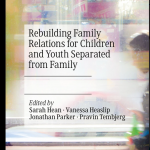 Congratulations to three former BU staff
Congratulations to three former BU staff MSCA Staff Exchanges 2024 Call – internal deadline
MSCA Staff Exchanges 2024 Call – internal deadline Applications are now open for 2025 ESRC Postdoctoral Fellowships!
Applications are now open for 2025 ESRC Postdoctoral Fellowships! Horizon Europe – ERC CoG and MSCA SE webinars
Horizon Europe – ERC CoG and MSCA SE webinars MaGMap: Mass Grave Mapping
MaGMap: Mass Grave Mapping ERC grants – series of webinars
ERC grants – series of webinars